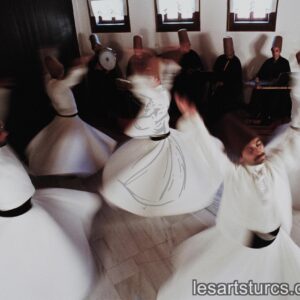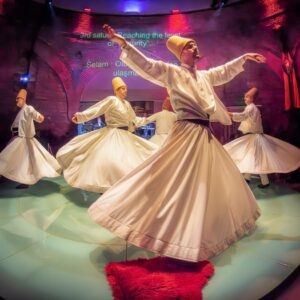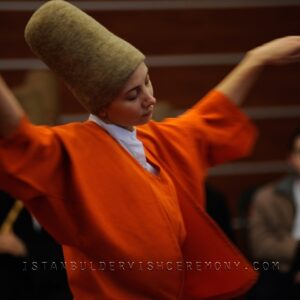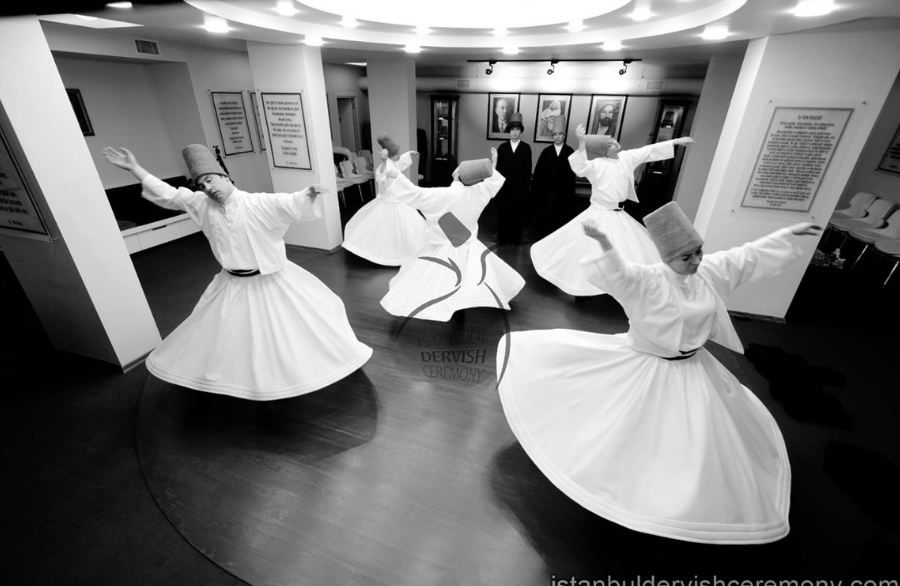
What is the purpose of the whirling dervish?
The Whirling Dervish is an iconic and mystical figure in Sufism, a branch of Islam focused on the inward search for God and shunning materialism. The Whirling Dervishes are most famous for their practice of the Sema, a form of physically active meditation that includes whirling as a means to reach a state of spiritual ecstasy and connection with the divine. This practice, which is both a form of prayer and a meditative ritual, holds profound significance in the spiritual journey of a Sufi practitioner.
Historical Background
The tradition of the Whirling Dervishes is most closely associated with the Mevlevi Order, founded by the followers of Jalaluddin Rumi, a 13th-century Persian poet and mystic. Rumi believed that music, poetry, and dance were paths to connect with God. The Sema ceremony was developed by his followers as a structured form of worship that embodied these principles. The term “dervish” itself comes from the Persian word for “doorway,” symbolizing the dervishes as those who seek the door to enlightenment and divine truth.
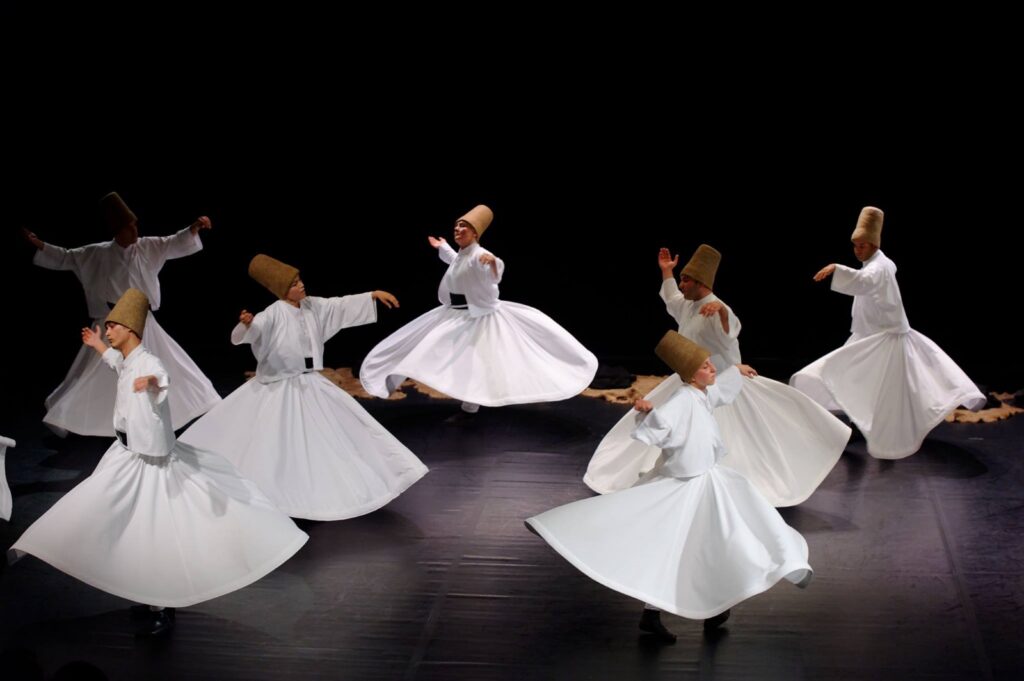
The Sema Ceremony
The Sema ceremony is a profound spiritual practice that consists of several stages, each with its own symbolic meaning. It begins with the chanting of the Qur’an and continues with music, including the ney (a reed flute) and other traditional instruments. The whirling itself is the central act, where dervishes spin in a meditative dance.
During the whirl, the dervish wears a long, flowing skirt, which symbolizes the shroud of the ego. As they spin, they keep their right hand open to the heavens to receive divine grace and their left hand turned towards the earth to pass this grace to the world. The spinning motion represents the movement of the planets around the sun, symbolizing the unity of the cosmos and the human experience.
Spiritual Significance
The whirling is more than just a physical act; it is a deeply spiritual one. For the dervish, it is a form of surrender and a way to transcend the self. By spinning in repetitive circles, the dervish aims to focus the mind solely on God, achieving a state of spiritual ecstasy and inner peace. This state, known as “fana,” is one where the self is annihilated in the presence of the divine.
Moreover, the practice is a reminder of the continuous movement and change in the universe. It reflects the belief that everything in the universe, including humans, is in a constant state of motion, and through this motion, one can become closer to the divine.
Modern Relevance
Today, the Whirling Dervishes continue to perform the Sema in various parts of the world, often as part of cultural festivals or spiritual gatherings. While the ritual has maintained its core spiritual essence, it also serves as a bridge between cultures, bringing people together in a shared appreciation of mysticism and spirituality.
In a modern context, the Whirling Dervishes offer a reminder of the importance of mindfulness, spiritual connection, and the pursuit of inner peace amidst the chaos of contemporary life. The Sema ceremony, with its graceful movements and profound symbolism, continues to inspire those seeking deeper meaning and connection in their spiritual journeys.
The Whirling Dervish, through the practice of the Sema, embodies a timeless quest for divine union and spiritual enlightenment. This mystical tradition, rooted in the teachings of Rumi and the Mevlevi Order, continues to captivate and inspire, serving as a testament to the enduring power of spirituality and the human spirit’s quest for the divine.

